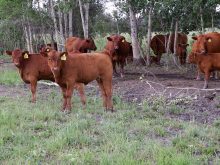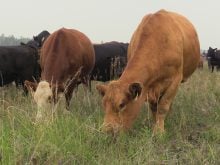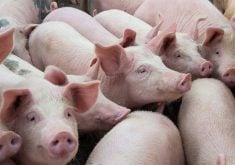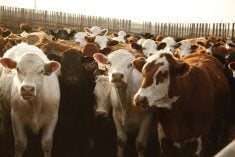American country of origin labelling (COOL) rules will come into force Sept. 30. Despite the short timeframe, the American meat industry still doesn’t know the rules, how much the new measures will cost or who will pay.
Dennis McGivern of Informa Economics in Nashville, Tennessee, told producers attending the Saskatchewan Cattle Feeders Association annual meeting that while COOL will cost Canadian beef, pork and lamb producers exporting to the United States in the short term, the American market may adjust to the rules over time.
Dennis Laycraft of the Canadian Cattlemen’s Association said it will be the Canadian primary producer who pays the costs of COOL.
Read Also
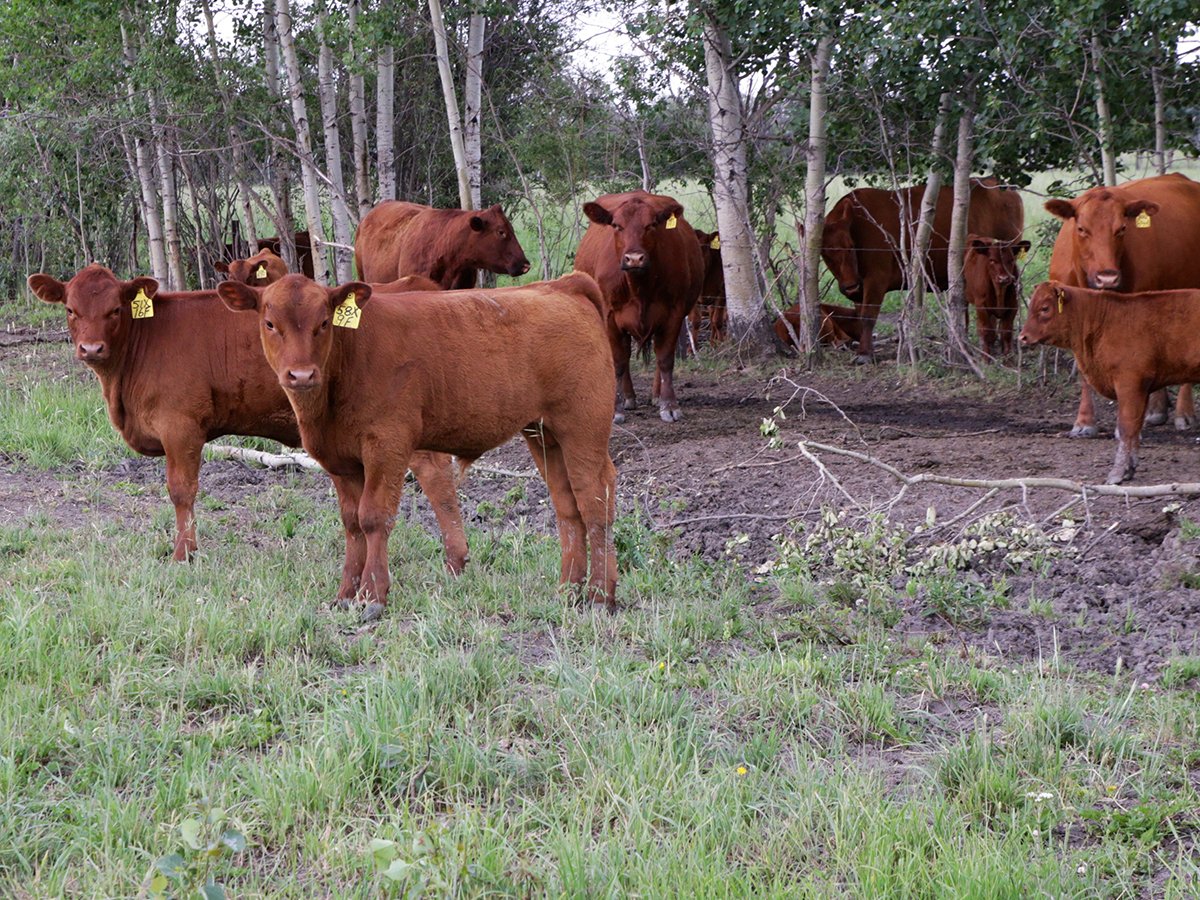
Feeder market continues the climb
For the week ending Aug. 30, Western Canadian feeder cattle markets traded $4-8 per hundredweight higher on average.
McGivern said Canadian producers were not alone in resisting the law.
The American Meat Institute, representing the packer industry, has also has expressed its displeasure.
The American Food Marketing Institute surveyed its members and was unable to find any benefit from COOL for their customers, McGivern added.
The food marketing institute has also projected high costs of implementation and ongoing costs it would have to pass on to consumers or pass back down the value chain to producers and packers.
Laycraft said the cost to Canadian producers could be between $25 and $40 Cdn per head, depending on details of the final legislation.
In its earliest form, as a portion of the 2002 U.S. farm bill, COOL had elements that included $10,000 per day, per store fines for retail violators of COOL regulations.
Initially all meat products would have been listed in order of percentage of time spent at each stage of production, by country. The American Meat Institute and Food Marketing Institute told the U.S. Department of Agriculture that would be too onerous for food processors and retailers.
There are five categories of meat under the COOL system:
- Product of U.S., which is meat from animals born, raised and slaughtered in the U.S.
- Product of U.S., may have originated in Canada or Mexico applies to feeder cattle, sheep or pigs from North American Free Trade Agreement countries.
- Product of Canada, slaughtered in the U.S. applies to meat from animals that are brought into the U.S. for slaughter.
- Product of Canada applies to boxed beef from Canada.
- Product that may contain U.S., Canadian, Mexican or Australian product is for ground meat products.
But since it’s original drafting, the bill has been simplified. As it stands, the rules will apply only to fresh meat sold to consumers and will not apply to food service industries, such as restaurants and hotels.
Ground meat labels will list countries from which meat might have come.
The final COOL rule must wait until after the U.S. farm bill is signed later this spring. It won’t be released until this summer, which leaves only a few months for packers, wholesalers and retails to comply with the new law.
If the final language comes out as close as possible to the compromise language, then the USDA could implement a system that would have a limited impact on costs, said McGivern.
He said segregation of meat packing plants in the final language of the bill continues to raise issues.
“We are hearing from Canadian (cattle feeders) looking to sign longer-term contracts with U.S. packers that the (packers’) initial reaction to the new rules have been ‘we don’t want any Canadian beef coming in to our plants.’
“I think that might be a bargaining point for them, but it is difficult for Canadian producers to ignore that,” he said.
He said some large retailers have said they only want U.S. beef.
“Until they find out, it is going to cost them extra. They may pay it for a while. (This will) likely only last until the retailers’ competition begin offering Canadian beef at a discount.”
He said American consumers will initially say they want only U.S. product, but they are mostly concerned about products from China.


